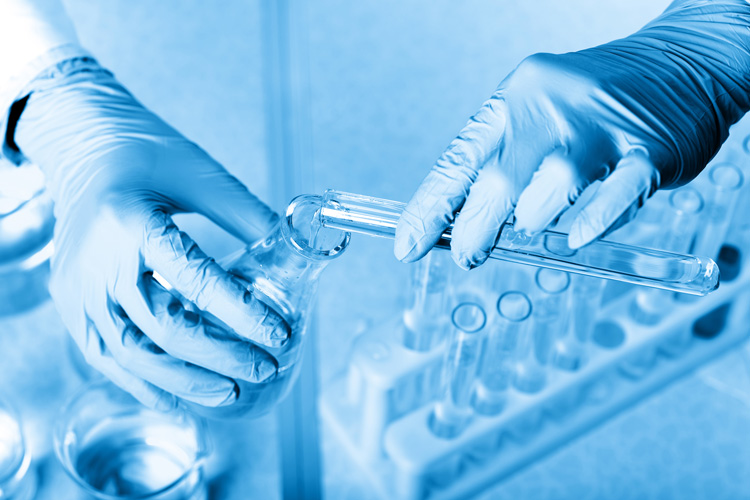+86-13961672821
+86-510-86268020
trust@hi2000.com
trust@hi2000.com
Room 807,No.169 Changjiang road,Huifu plaza,New centre,Jiangyin,Jiangsu China



| Availability: | |
|---|---|








Product Name | Polyacrylic Acid (PAA) |
Synonyms | poly(1-carboxyethylene); Poly(acrylic acid); Acrylic Acid glacial; Fluorosulfuric acid; 2-Propenoic acid, homopolymer; Acrylic polymer resins; Polyacrylic Acid; Propenoic acid, homopolymer; Propenoic acid polymer; Propenoic acid, polymers, homopolymer; Carbopol; Carboxypoly-methylene; PAA; Carbomer 910; acrylicacid,poly; Carbomer |
Molecular Formula | (C3H4O2)n |
Molecular Weight | 72.06 |
CAS Registry Number | 9003-01-4 |
Molecular Structure |   |
Product Application | Utilized in the formulation of coatings for leather and certain high-end commodities, as well as in the production of acrylic resin paints, among others. |
Polyacrylic Acid (PAA), also known as Carbopol, Poly(acrylic acid), or Acrylic acid Polymers, is a chemical compound with the CAS numbers 9003-01-4 and 9007-20-9, and the molecular formula (C3H4O2)n.
It has many synonyms, such as 940, PAA, Carbomer 910, and Carboxypoly-methylene.
It is a colorless or yellowish solid with a density of 1.270 g/cm3, a melting point of 95 °C, a boiling point of 116°C, and a flash point of 100°C. It is soluble in water and organic solvents, and has good transparency and luster. It has good weather resistance, chemical stability, corrosion resistance, adhesion, and abrasion resistance.
PAA is mainly used in coatings, adhesives, inks, and other industries, where it can improve the impact resistance, durability, fluidity, and adhesion of the products. It can be used to prepare various types of adhesives, such as hot melt adhesives and water-based adhesives. It can also be used to prepare high-quality inks with good performance. It is a versatile and efficient polymer for various industrial applications.
PAA is safe under normal conditions, but it requires proper handling and protection. It can irritate the skin and eyes, so protective glasses and gloves should be worn when using. It can also produce harmful gases at high temperatures, so good ventilation should be maintained during operation.
Product Name | Polyacrylic Acid (PAA) |
Synonyms | poly(1-carboxyethylene); Poly(acrylic acid); Acrylic Acid glacial; Fluorosulfuric acid; 2-Propenoic acid, homopolymer; Acrylic polymer resins; Polyacrylic Acid; Propenoic acid, homopolymer; Propenoic acid polymer; Propenoic acid, polymers, homopolymer; Carbopol; Carboxypoly-methylene; PAA; Carbomer 910; acrylicacid,poly; Carbomer |
Molecular Formula | (C3H4O2)n |
Molecular Weight | 72.06 |
CAS Registry Number | 9003-01-4 |
Molecular Structure |   |
Product Application | Utilized in the formulation of coatings for leather and certain high-end commodities, as well as in the production of acrylic resin paints, among others. |
Polyacrylic Acid (PAA), also known as Carbopol, Poly(acrylic acid), or Acrylic acid Polymers, is a chemical compound with the CAS numbers 9003-01-4 and 9007-20-9, and the molecular formula (C3H4O2)n.
It has many synonyms, such as 940, PAA, Carbomer 910, and Carboxypoly-methylene.
It is a colorless or yellowish solid with a density of 1.270 g/cm3, a melting point of 95 °C, a boiling point of 116°C, and a flash point of 100°C. It is soluble in water and organic solvents, and has good transparency and luster. It has good weather resistance, chemical stability, corrosion resistance, adhesion, and abrasion resistance.
PAA is mainly used in coatings, adhesives, inks, and other industries, where it can improve the impact resistance, durability, fluidity, and adhesion of the products. It can be used to prepare various types of adhesives, such as hot melt adhesives and water-based adhesives. It can also be used to prepare high-quality inks with good performance. It is a versatile and efficient polymer for various industrial applications.
PAA is safe under normal conditions, but it requires proper handling and protection. It can irritate the skin and eyes, so protective glasses and gloves should be worn when using. It can also produce harmful gases at high temperatures, so good ventilation should be maintained during operation.